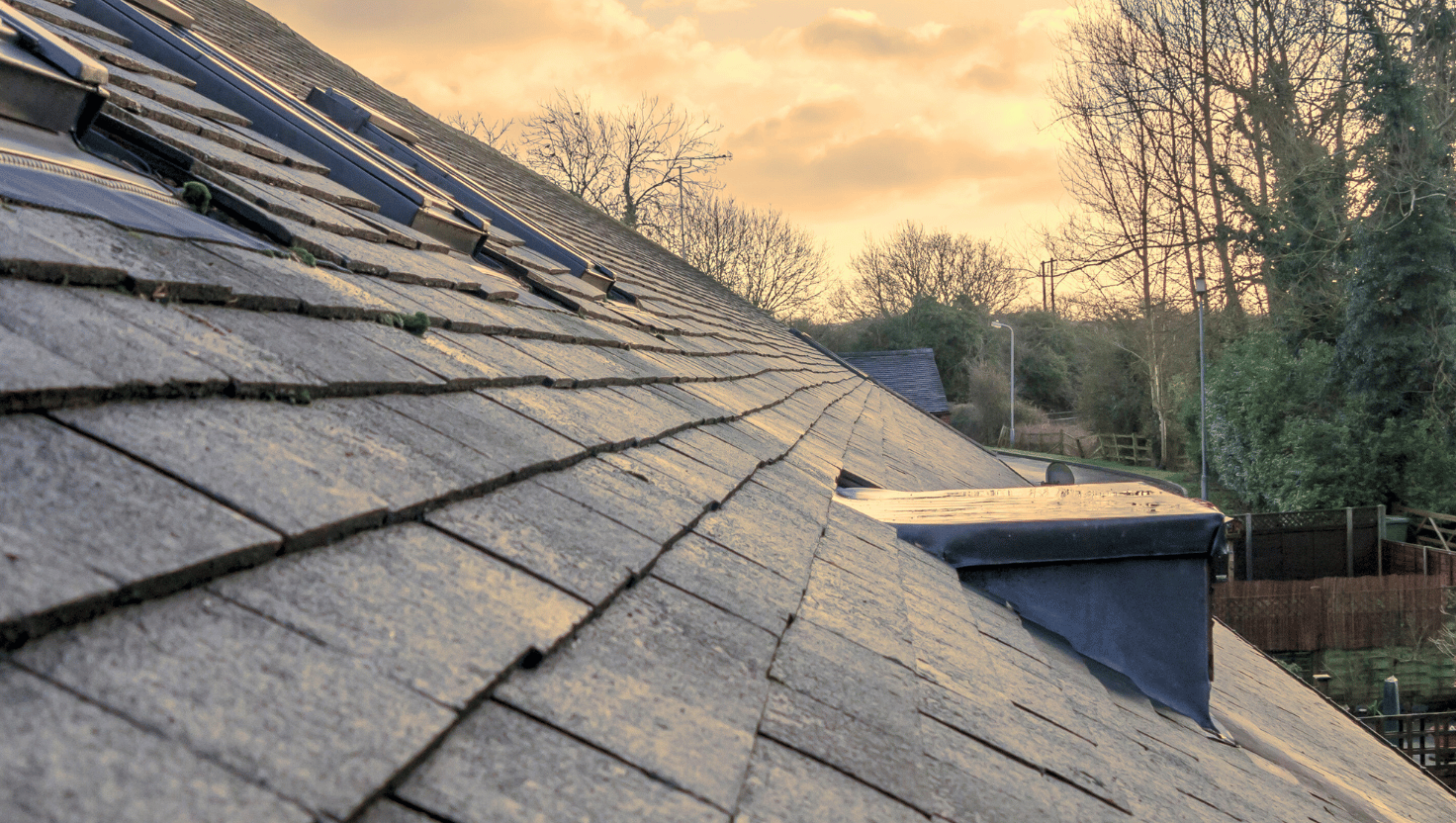As homeowners look to upgrade or replace their roofs, preparation is a key component to ensure an efficient and stress-free process. Roof replacement can greatly impact the appearance of your home and its structural integrity. You may make the replacement process go more smoothly by taking specific preparations for your house, which will reduce issues and enhance communication with the contractor.
Assess Your Current Roof Condition
Evaluating the condition of your current roof requires careful examination for various issues. Look for signs of wear, such as missing shingles, water damage, or sagging, which may indicate more extensive problems on the roof. Performing a detailed inspection helps identify areas that may require specific attention during the replacement.
Assessing the roof allows you to address visible problems; it can help you determine the roof’s lifespan. Consulting with a roofing contractor can provide a more thorough assessment and a professional opinion on whether repairs are more appropriate than a complete replacement.
Schedule a Professional Inspection
Once you’ve assessed your roof, think about calling in the experts for a professional inspection. This step is critical for a comprehensive understanding of your roof’s health.
An experienced inspector evaluates the roofing materials and the underlying structure, drainage systems, and ventilation. The https://roof-troopers.com/blog/repair-or-replace-roof/ says that a detailed assessment can uncover hidden damage that might otherwise go unnoticed. Professional inspectors help define your needs and the scope of the project.
They can provide recommendations that align with your budget and long-term plans. If you discover substantial issues, this expert insight becomes even more crucial as it may alter your original plans, impacting your choice of materials and roofing types for replacement.
Clear the Area Around Your Home
Before construction workers arrive, clearing the surrounding area is critical to facilitate easy access to the home. Move vehicles away from the driveway and ensure that pathways are free from clutter, such as garden decorations and outdoor furniture. This protects your property and allows workers to operate more efficiently with fewer obstacles.
Take precautions for gardens and landscaping. As roofers often need to maneuver large materials and tools, they can inadvertently damage flowers, bushes, or trees. Covering these with tarps or moving them temporarily can save you from costly restoration after the job.
Communicate with Your Neighbors
Roof replacement can generate noise and disruption. Prioritize clear communication with your neighbors ahead of time to keep them informed about your project. Letting them know the dates and expected duration can foster good relations and mitigate any complaints about noise or debris.
Providing a heads-up shows thoughtful consideration for their peace and may encourage them to be accommodating during the construction period. A simple conversation can go a long way toward maintaining neighborhood camaraderie during what could be a lengthy process.
If possible, give them information about the contractor and expected work hours so they know what to anticipate. Think about alerting them to days when work may be especially loud, such as during demolition or installation. Reassure them that your crew will clean up any debris that might affect shared spaces. You might even offer contact information in case any urgent issues arise during construction. Thoughtful gestures like these can leave a lasting positive impression long after the project is complete.

Understand the Contract and Payment Terms
Before the roofing team arrives, it’s important to understand your contract fully. Read the fine print and clarify any terms that seem confusing. Good communication with your contractor is key to ensuring that everyone is on the same page regarding timelines, delivery schedules, and payment schedules.
Misunderstandings can lead to unnecessary tensions later on. Request a written estimate that outlines all costs involved, including labor, materials, disposal, and any potential contingencies. Knowing in advance how payments will be structured can prevent unexpected charges or disputes as the project unfolds.
Prepare for Post-Installation Cleanup
After the roof has been replaced, some cleanup will likely be necessary. Make arrangements to address any debris or leftover materials. Discuss this with your contractor to confirm what actions will be taken and what responsibilities you might need to fulfill. Some contractors offer the option for a thorough cleanup post-project, while others will leave it to the homeowner. It’s beneficial to clarify expectations in advance to maximize your satisfaction with the result.
A roof replacement can seem overwhelming, yet with careful preparation, you can facilitate a smoother transition for you and your home. Betting on professional inspection, clear communication, and thoroughness in logistics leads to an outcome that improves your home’s function and aesthetic. Ensure you are equipped to weather any hurdles by understanding the process thoroughly and engaging cooperatively with your contractors.




